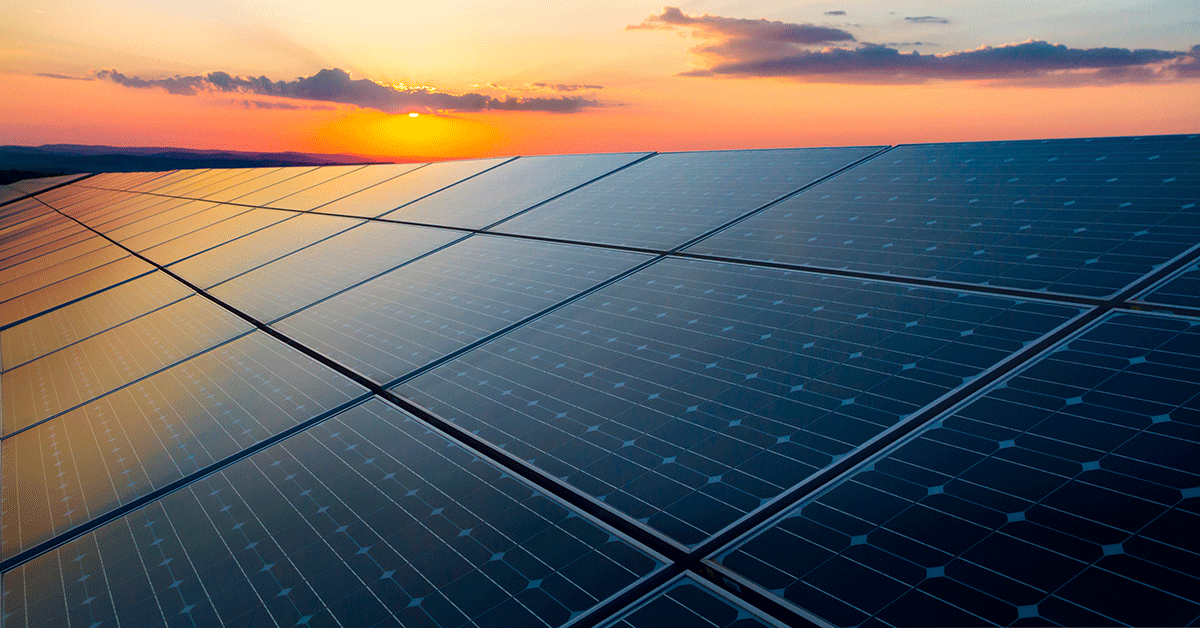ZHAW researchers and Zühlke are making solar systems cheaper

Researchers at the Zurich University of Applied Sciences (ZHAW) have developed a new method for planning photovoltaic systems. They use HoloLens glasses for augmented reality and thus reduce planning costs.
Notice: Undefined variable: excludeTagsCountForSimpleParser in /home/immoinve/public_html/immoinvest.cyon.site/dev/wp-content/plugins/TooltipProPlus/glossaryFree.php on line 1771
When building your own photovoltaic system, planning and bureaucracy costs are often more expensive than purchasing the electricity-generating modules. The researcher Franz Baumgartner from the Zurich University of Applied Sciences has dealt with this problem. According to a press release , he is using modern technology to reduce planning costs. Baumgartner, head of the energy and environmental technology course at the ZHAW School of Engineering, is quoted as saying: "With small photovoltaic systems on single-family houses, only a fifth of the costs are now attributable to the modules themselves." The planning of the system and the administration are now similarly expensive necessary documentation.
Baumgartner and the ZHAW Institute for Energy Systems and Fluid Engineering, in collaboration with the Schlierem-based innovation specialist Zühlke , started at precisely this point. According to the press release, Baumgartner got to know the use of HoloLens glasses in the medical sector and wants to use their advantages in photovoltaics.
“Up to 15 working hours per system are required for the administrative work,” says Baumgartner. Building applications, fire protection plans and approvals help to drive up costs. It is easier to save money with more efficient processes than with cheaper modules. According to Baumgartner, part of the solution could be the HoloLens. During measurements on flat roofs, for example, the HoloLens glasses show the assembly points of planned systems with an accuracy of two centimeters and then create a virtual image of the system.
Baumgartner: "In addition to its potential for documenting the entire process, it has a great advantage: it can measure, plan, offer and demonstrate the system to end customers from a single source." Baumgartner: "Because of the high wages, the system will first pay off in Switzerland."
ZHAW researcher Baumgartner wants to expand its application to all types of flat roofs and covered parking spaces. "We are in the process of formulating a project application for the Federal Office of Energy and have already received positive signals from Bern."
